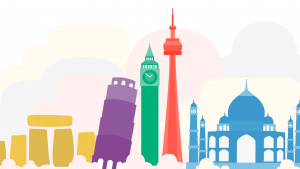User-generated content is a term currently being discussed in every business with digital marketing strategies. It involves a race to find genuine, high-quality materials created and shared by their audiences.
However, what does UGC really mean? Why has it become a priority for content marketing plans worldwide?
In this post, we’ll provide you with all the information you need to start on the same path. You’ll learn:
- What Is User-Generated Content?
- Where Can UGC Be Used?
- What Are The Benefits of This Strategy?
- How Are Brands Using UGC?
What Is User-Generated Content?
Well, we can’t be more concise than this: user-generated content is content that users generate.
But even though it seems simple, its meaning for businesses in the digital era is a whole new subject we want to explore.
One thing the internet brought us is that every consumer is also a creator and a distributor.
We are producing, curating, and sharing all the time — on social media, messenger apps, forums, and even via email.
So, it doesn’t matter the scale: internet users are always influencing minds — friends, family, and followers. And that’s an immense power that companies quickly identified as an opportunity.
This comes from two main habits online customers have: they like to share experiences they love and to be the first to bring novelty to their circles of influence. Everyone wants to be cool and hip.
When businesses associate these experiences with their brands, they start seeing people willing to produce content related to it. It’s an organic way of getting into their lives while promoting a product or service.
Where Can UGC Be Used?
User-generated content is an ever-growing strategy mainly because it gives us more tools to produce and share what we want.
So the means we have now are way more advanced than 10 years ago but can become obsolete in the future.
The important attitude is to invest in what’s trending with an eye on the next big thing.
So let’s see where to use UGC right now to promote your brand!
Social media activations
Social media is the perfect place for boosting Content Marketing strategies. It’s the place where you amplify your reach, connect with your audience, and measure visibility.
But CMOs also need to see these channels as a way of gathering spontaneous promoters — satisfied customers and enthusiasts that can use the brand directly or indirectly in the content they produce.
To do so, you can use hashtags, create contests, and give rewards. The right incentive is all you need to activate your client base.
But where can you do it? It depends on the brand persona, the buyer persona, and the product being promoted.
For example, if your company sells a visual product, Instagram is the perfect place for activation.
If you offer a service, sharing what users do with it is also great. After all, it not only shows the product but also what people can do with it.
But remember that you have to acknowledge and share promoters too. It’s an exchange that turns clients into influencers.
Reviews
Did you know reviews can also be seen as UGC? It’s maybe the greatest strategy most CMOs ignore.
Such kind of content offers value as a direct opinion regarding a product or service. So it’s seen as honest, direct content about your solution.
Here you need to make an effort on two fronts:
- automated and compelling mechanisms to incentive clients to review the product;
- work with people that will make great content and share it on your blog and social media.
A golden rule is to never change what the reviewer is saying. Most of the time, it isn’t even about what it’s being said, but how you frame it.
Bad reviews can be great content when tied to informative and objective points. You can explain why the experience wasn’t good and how the company is always learning and improving.
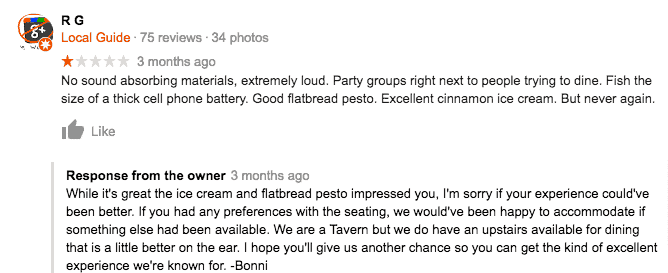
Video content
Video is becoming more accessible to the general public, and it’s one of the great channels to promote UGC.
YouTube is still perfectly fine for engagement and sharing. However, its true value shifted to shorter, more shareable media such as Instagram Stories and TikTok.
You can use the same tactics, such as special hashtags and contests, to create great value in user-generated visual pieces.
Special events
You can use all social and promotional channels to boost UGC for exclusive events: a special day or week, the company’s anniversary, or the holiday season.
A well-organized content strategy for these kinds of dates creates a FOMO (Fear of missing out) sensation in your audience. They will want to participate with photos, videos, and text to be a part of the moment.
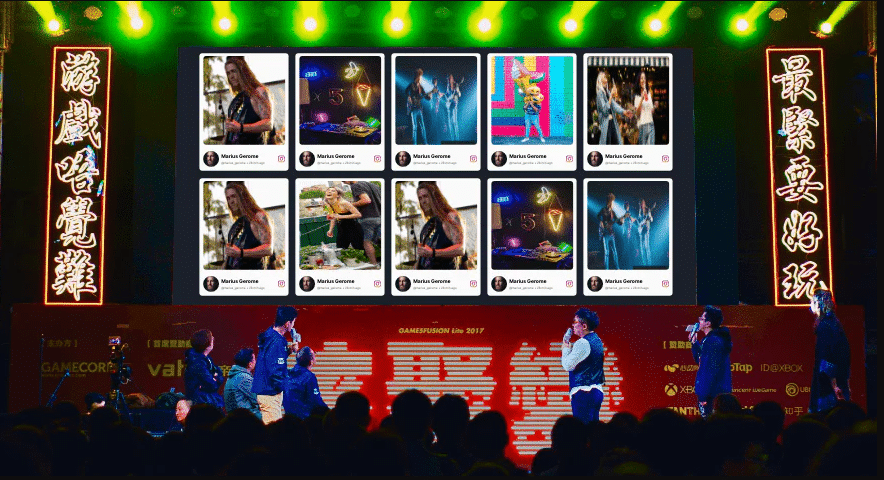
The more people you gather for an online event, the more people will want to participate in the next. And the content created can be reused and repurposed all year long.
What Are The Benefits of This Strategy?
It’s not a coincidence that so many companies are aiming at UGC right now. Cases show a wide variety of benefits that improve Content Marketing strategies, reach, and engagement.
Let’s see the main ones!
Free, valuable content for SEO
The best thing about UGC is that it doesn’t demand too much time and effort from a marketing team. Its role is to format and boost the campaign, and your audience makes everything else.
That means an immense volume of content tied to your brand, a lot more than an internal or outsourced team could produce.
With time, the frequency alone is enough to improve your SEO. If so many people are talking about you, Google takes notice.
That’s why any user-generated content is cheap and effective — two words any CMO wants to see together when planning a new strategy.
More reach on social media
When you think about how social media connections work, you see how exponential they are.
If you have 10,000 followers, turning them into promoters can make you reach a hundred times that number.
That is why the effort put in engaging your audience should always be directed to turn them into promoters.
There’s no way of boosting visibility better than going viral by becoming part of a positive meme or a popular hashtag. So, use that in your favor.
Customer trust
Nielsen’s recent research showed that 92% of customers trust more in spontaneous, user-generated content than in a traditional advertisement.
That’s a lot, right? And it makes sense, as customers know ads are tailored to attract and appeal. When we want to know about a product, we search for reviews and opinions. We ask people we trust.
By having a UGC strategy constantly feeding this kind of content, you will build authority and value in the market.
Brand desire
“If everyone is talking about this brand, I want to be a part of it too”. That’s a constant and common feeling, the fear of missing out we talked about above.
UGC is great for producing the sensation of connection. From usual user to influencers, seeing the brand related to people is a decision-making factor.
Data gathering
What can you get from your leads that’s more valuable than data? Nothing.
For modern marketers, this is the key to create new, successful campaigns.
While generating content, users are also giving you information — about their journey and their experience. Beyond that, they are engaged and prone to answer more questions when you ask them.
Thus, use UGC to know your audience better, as well as their expectations and what makes them choose you.
From there, you can use Business Intelligence to adjust and adapt all aspects of a great Content Marketing strategy.
How Are Brands Using UGC?
We have already discussed what, why, and where, so we can end this talk with how you can make UGC shine.
For that, we will show what other companies did that worked. Check it out!
Adobe
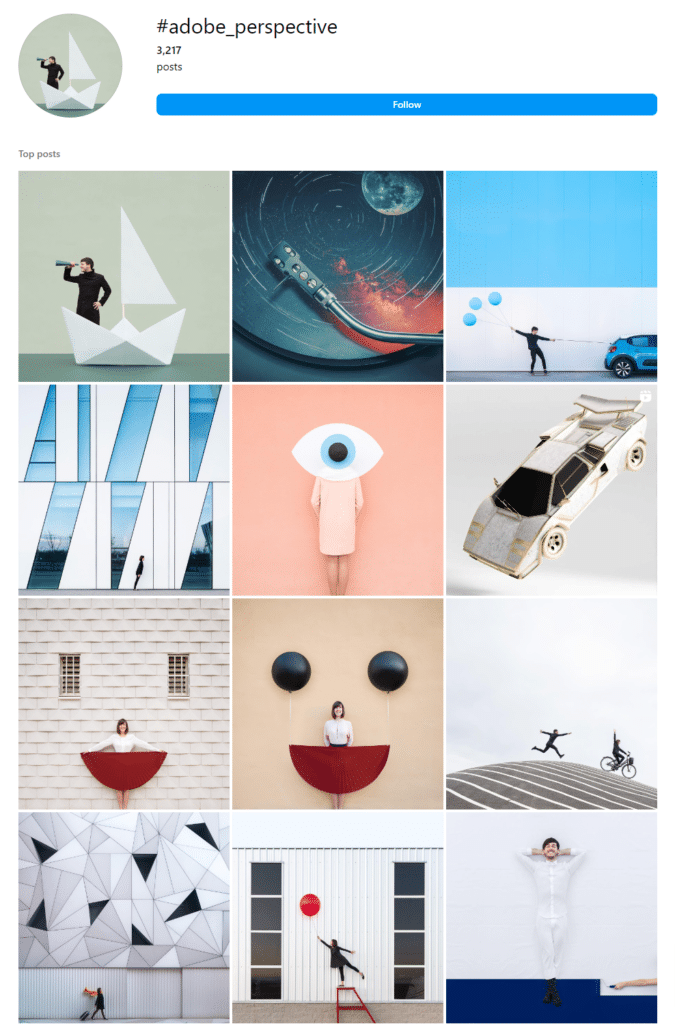
We talked about how user-generated content could be used to show what people can do with a service or a solution. Adobe’s case is the perfect way of exemplifying that.
The hashtag #adobe_perspective is a UGC campaign that invites designers to showcase their work and help leads envision what it’s possible to do with the software.
Wayfair
Wayfair’s Instagram activation is a classic example of UGC on social media. #WayfairAtHome is a hashtag for clients to show their special spaces decorated with their online furniture store products.
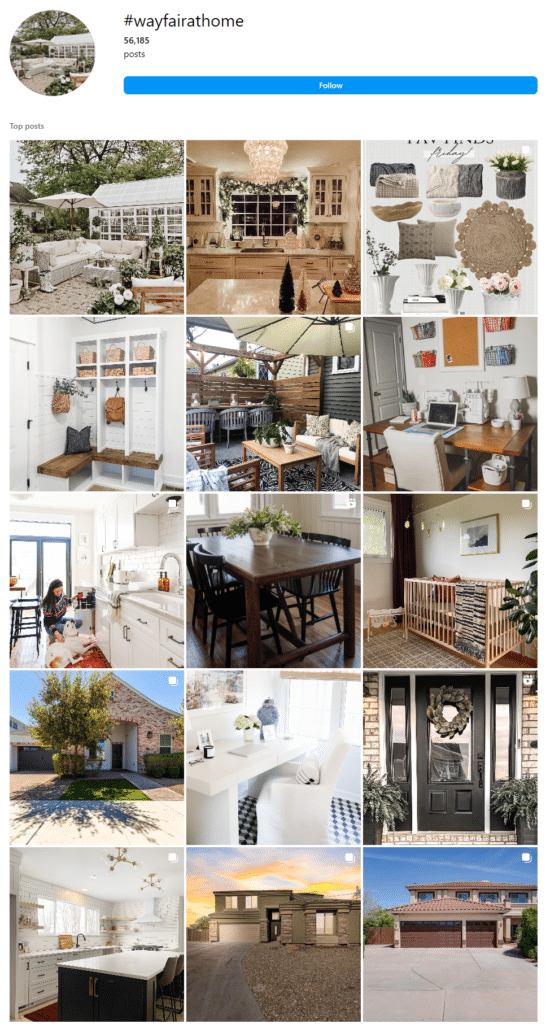
Starbucks
As we already mentioned, contests are great for UGC, and few companies do it as successfully as Starbucks does.
The main strategy is to use something iconic that’s also common in the client’s routines: their branded cups.
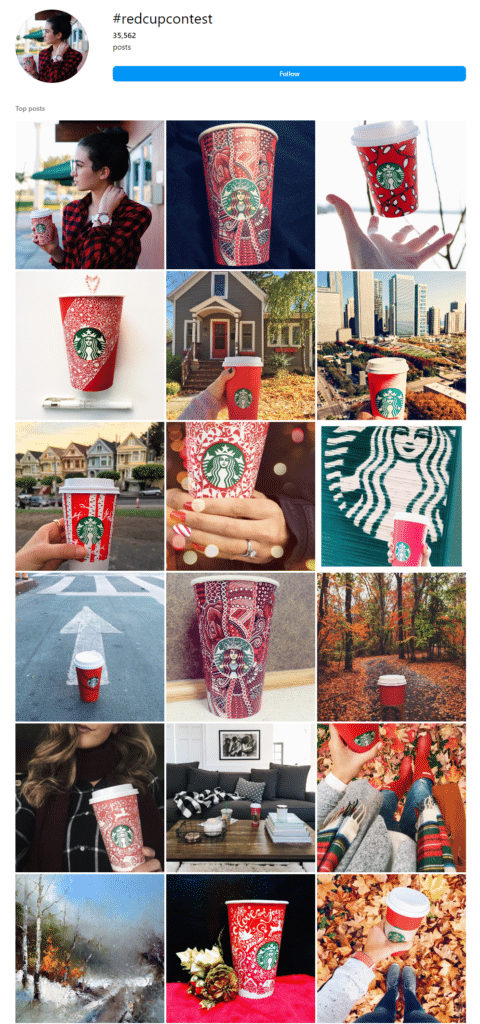
The red cup contest was an event where they invited anyone to create and share their art drawn on the same cups that come with their coffee. It was a huge success on Instagram.
Found in Canada

The previous examples are all about asking for content. But we want to show you that using existing UGC is also a great marketing idea.
In 2016, Destination Canada wanted to create a new campaign for the U.S. travel market.
Instead of producing images to show what the country has to offer in tourism, they decided to acquire the rights to thousands of photos and videos on social media to create the pieces.
This kind of plan makes the converted clients feel special and part of a traditional ad campaign. And it’s an incentive for others to do the same when they become clients too.
Whatever approach you choose, user-generated content is a new must-have for digital and content marketing. With some planning, you can boost your visibility and engage way more people with little effort and budget.
And if you’re seeking to stay closer to your audience, consider using live blogging in your Content Marketing plan. Read our article and find out how to increase engagement through those strategies!
Start creating interactive content with Ion and increase your marketing results!
Start creating interactive content with Ion and increase your marketing results!





